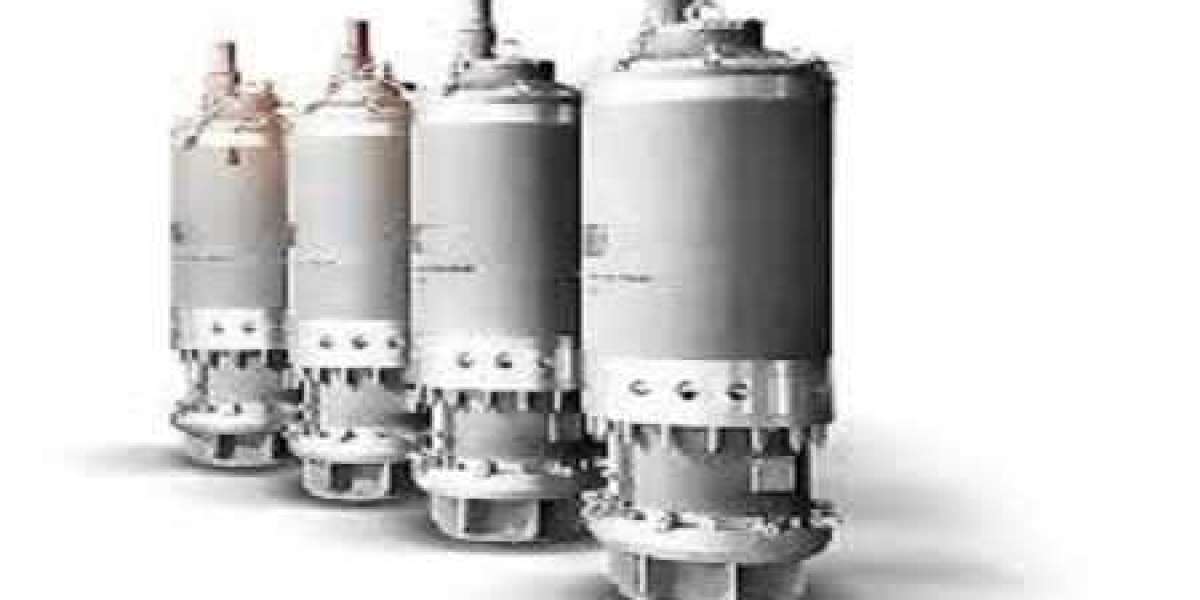Introduction:
Mushroom growing offers not only the delight of growing and enjoying fresh fungi but also the opportunity to embrace sustainable practices. Whether you're a seasoned grower or just starting, sustainable mushroom cultivation can have a positive impact on the environment. In this article, we'll explore the principles and practices of sustainable mushroom growing.
Sustainable Mushroom Cultivation
Sustainability in mushroom cultivation involves minimizing environmental impact, conserving resources, and promoting responsible practices.
- Selecting Sustainable Species
- Some mushroom species are more sustainable than others due to their efficiency in converting waste materials into food. Oyster mushrooms, for example, can grow on agricultural waste products like straw and coffee grounds.
- Recycling Substrates
- Sustainable cultivation involves recycling substrates. After harvesting mushrooms, spent substrates can be used in composting or as a soil conditioner, reducing waste and enriching the soil.
- Minimizing Energy Consumption
- Using energy-efficient methods, such as LED lighting and efficient heating and cooling systems, reduces the energy footprint of your mushroom cultivation. This not only saves money but also benefits the environment.
Organic and Pesticide-Free Cultivation
Sustainability in mushroom growing also involves organic and pesticide-free practices.
- Organic Substrate Sources
- Opt for organic substrates whenever possible. Organic materials, free from synthetic chemicals and pesticides, contribute to healthier mushroom growth and reduce environmental impact.
- Natural Pest Control
- Implement natural pest control methods, such as introducing beneficial insects or practicing companion planting, to minimize the need for chemical pesticides.
Waste Reduction
Reducing waste is a fundamental aspect of sustainable mushroom cultivation.
- Composting
- Properly compost waste materials, such as spent substrates, to create nutrient-rich compost for your garden or other crops.
- Upcycling and Reusing
- Upcycle materials whenever possible. For instance, repurpose old containers or shelves for your growing setup to reduce the need for new resources.
Community and Education
Promoting sustainable mushroom cultivation extends beyond your personal efforts.
- Community Engagement
- Engage with your local community to share knowledge and resources, and encourage others to embrace sustainable growing practices.
- Educational Initiatives
- Support or participate in educational initiatives that promote sustainable agriculture and mushroom cultivation. Sharing knowledge can inspire more people to adopt sustainable methods.
Conclusion:
Sustainable mushroom cultivation is not only beneficial for your own mushroom-growing endeavors but also for the planet. By selecting sustainable species, recycling substrates, using organic and pesticide-free practices, and minimizing waste, you can make a positive contribution to the environment. Furthermore, sharing your knowledge and engaging with your community can create a ripple effect of sustainable practices in mushroom cultivation.





